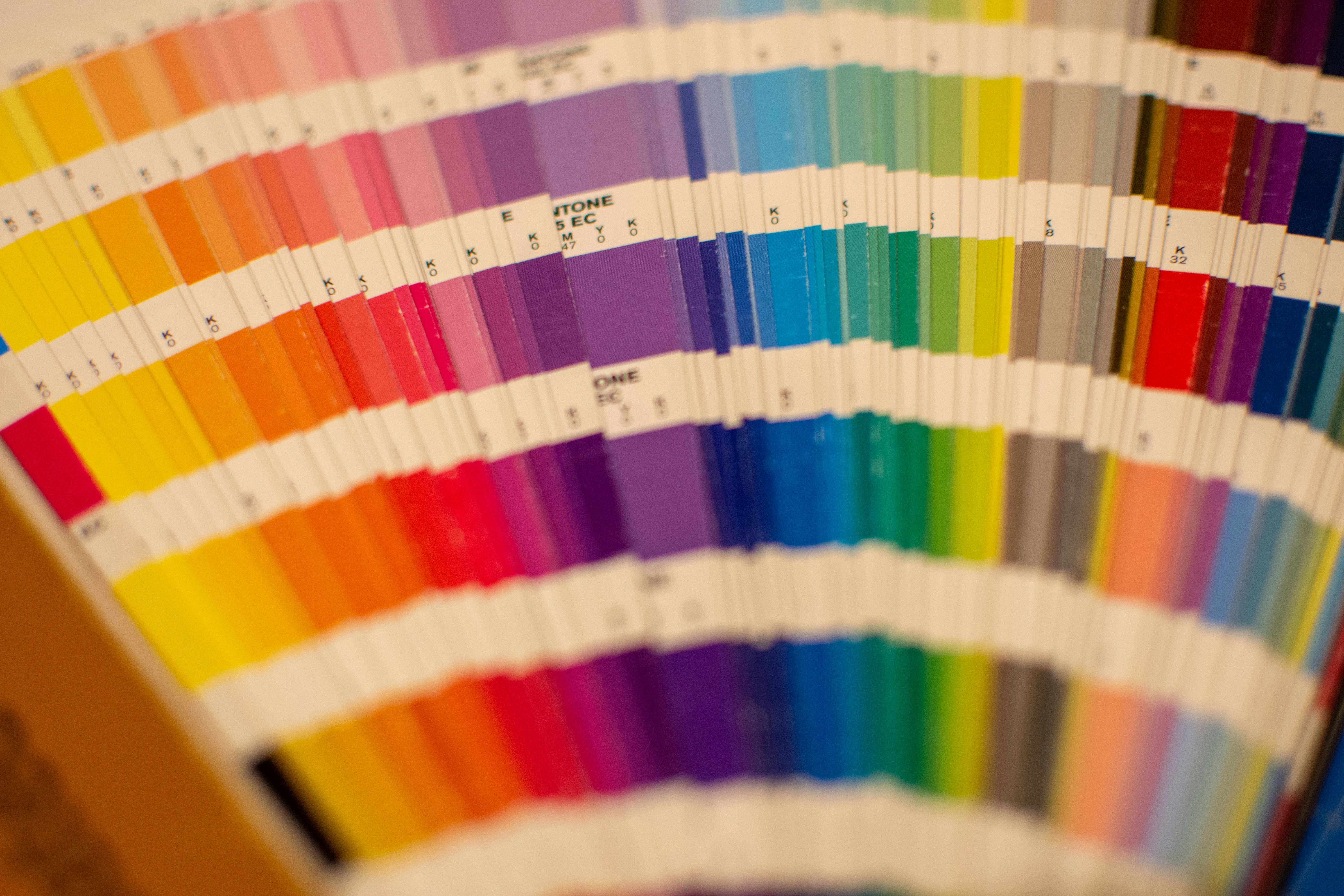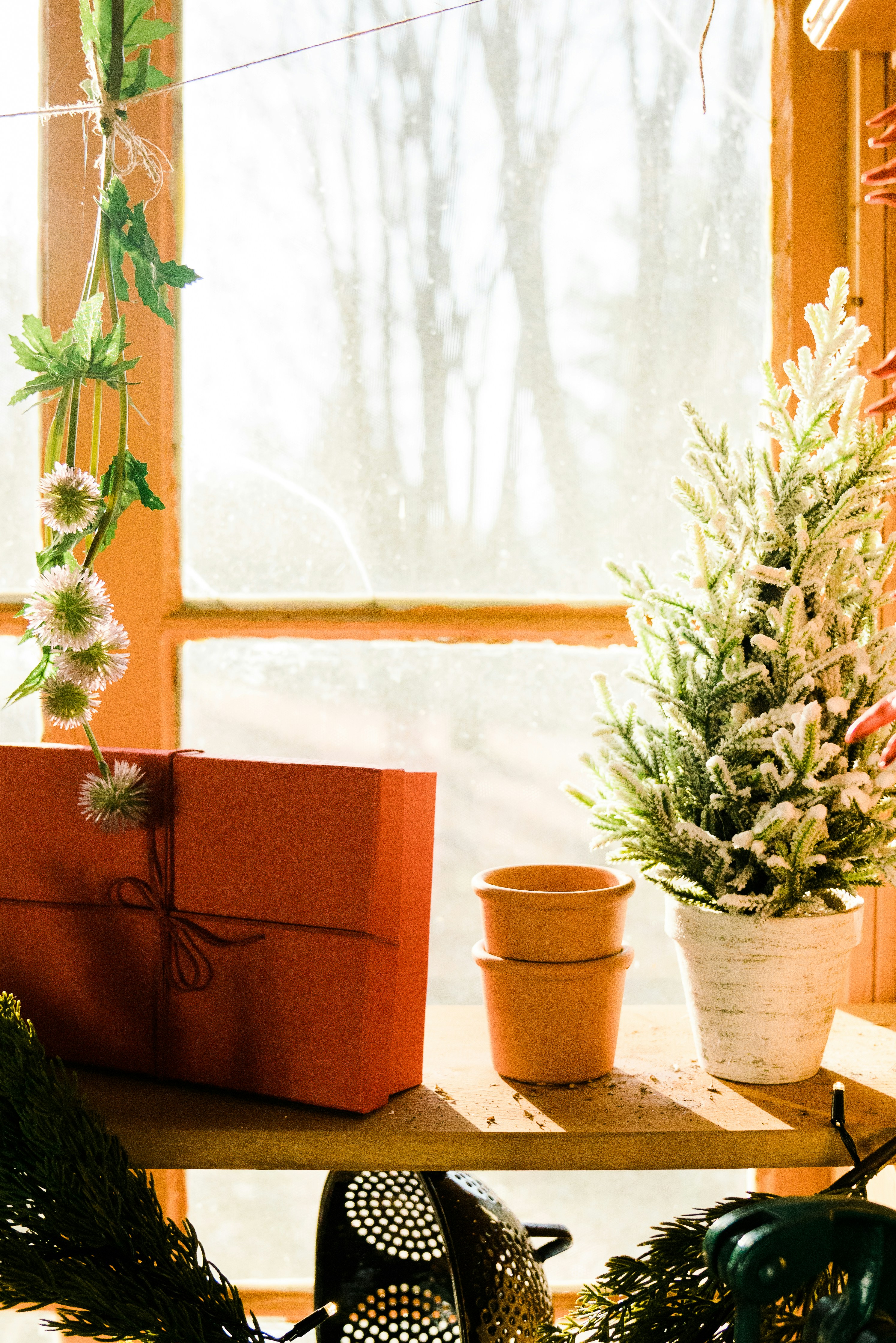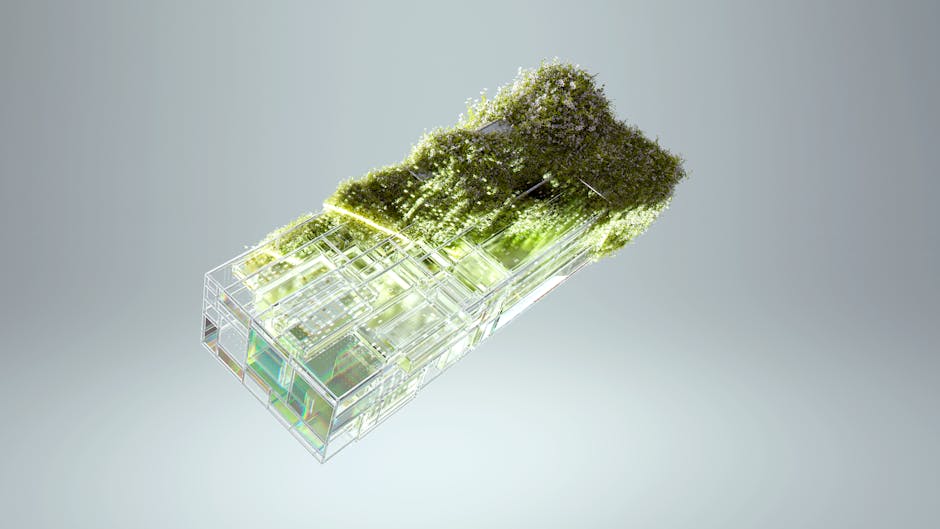Transform Your Space: Build an Indoor Oasis with Biophilic Design
Imagine stepping into your home and feeling an instant sense of peace as the vibrant greens of your indoor plants draw you in, creating a living nursery that transcends mere decoration. In 2025, the trend of biophilic design has taken on newfound importance, encouraging us to reconnect with nature in creative, sustainable ways. If you're ready to harness biophilic design and create an indoor oasis using edible plants and upcycled materials, you're in the right place!
Creating an edible indoor oasis is more than just a decorating style; it's a lifestyle choice—one that values sustainability, promotes wellness, and, let’s face it, often results in the most delightful culinary experiences right in your kitchen! Let's explore how to transform your home decor using biophilic principles, making it not just visually appealing but also functional and nurturing.
Understanding Biophilic Design
Biophilic design seeks to incorporate elements of nature into our built environments. The core idea is to foster connections that promote physical, mental, and emotional well-being through exposure to greenery and natural materials. According to design experts, integrating nature into our spaces can reduce stress, enhance creativity, and improve overall quality of life. Biophilic design isn’t merely a trend; it’s an essential approach for a healthier lifestyle. For practical articles on how various sensory experiences can enhance your living space, check out our article on Creating Scented Spaces: Embrace Aromatherapy in Home Decor.
The Benefits of Indoor Edible Plants

Edible plants offer unique benefits that go beyond aesthetics and air purification. Research shows that engaging with greenery can increase our happiness and lower anxiety levels. Imagine plucking fresh basil for your pasta or snipping mint for refreshing tea—this interaction builds a deeper connection with the food you consume.
By including edible plants in your home decor, you can also embark on an organic journey. Growing your own herbs and vegetables can save costs, enhance your culinary adventures, and promote sustainable living. For a deeper understanding of how you can merge nature and technology, explore how biophilic design meets tech in creating your own indoor smart garden.
Choosing the Right Edible Plants for Your Space

When selecting edible plants, consider your space's lighting and climate. Here are some excellent choices:
1. Herbs

Herbs like basil, rosemary, and parsley thrive indoors and require minimal care. Place them on kitchen windowsills where they can soak up natural light and serve a dual purpose in both beauty and flavor.
2. Leafy Greens

Fast-growing leafy greens such as kale and lettuce can thrive in pots, provided they receive adequate sunlight. Not only do they look visually appealing, but they provide a nutritious boost to your meals.
3. Microgreens

These tiny, vibrant plants pack a flavor punch and are incredibly easy to grow. They take little space and can be grown in shallow trays placed on countertops or balconies.
4. Fruit-bearing Plants

Consider small fruit-bearing plants like strawberries or dwarf citrus trees. They add splendid visual interest and the joys of harvesting your own fruits!
For more insights on how to transform unused spaces into green retreats, delve into our guide on transforming unused closet space into a serene zen retreat.
Upcycling Materials: A Sustainable Approach

Sustainability is a vital aspect of biophilic design. By upcycling materials into your home decor, you’re not only artistic but also eco-conscious. Here are some creative ideas to consider:
1. Recycled Glass Jars

Transform old glass jars into stylish planters for herbs or succulents. This method adds a rustic charm to your kitchen or dining area while keeping your plants in view.
2. Wooden Pallets

Utilize wooden pallets from local stores to create vertical gardens or shelving units for your edible plants. A wooden pallet can effectively display multiple varieties of herbs in a charming, easy-to-maintain setup.
3. Old Furniture

Repurpose a side table or stool into a plant stand. Changing how your plants are displayed breathes new life into both your decor and furniture, proving that old pieces can find new purposes.
4. Tin Cans

Don’t throw away those tin cans! After a quick clean and paint, they can serve as attractive pots. Their shiny surfaces reflect light beautifully, adding sparkle to your space.
By employing upcycled materials, you actively reduce waste, creating a home that is both chic and responsible. Interested in more unique upcycling ideas? Be sure to check out our article on upcycling materials for home decor to discover creative approaches to reimagining everyday items.
Designing Your Indoor Oasis Step-by-Step
Creating your biophilic indoor oasis can be a delightful project. Here’s a step-by-step guide for achieving the perfect balance of greenery and decor:
Step 1: Assess Your Space
Before diving into planting or crafting, analyze your space. Consider factors like sunlight exposure, available space, and existing decor. Think about which areas could benefit from a touch of greenery.
Step 2: Choose Plants Wisely
Opt for specific plants that thrive in your home’s unique conditions. Consider your available light, moisture levels, and the overall aesthetic you're aiming for.
Step 3: Gather Upcycled Materials
Collect materials you’d like to repurpose. Visit local thrift stores, garage sales, or your home’s forgotten corners. This scavenger-like quest for treasures can spark creativity.
Step 4: Create Plant Displays
Plant your selected edible varieties in your chosen upcycled containers. Get creative—mix textures, colors, and heights to establish dynamic focal points.
Step 5: Personalize Your Space
Don’t hesitate to layer in other decorative elements—think art, personal mementos, or vintage finds. They can complement your indoor garden while making the space distinctly yours.
Step 6: Maintain with Love
Regularly check on your plants and give them the care they need to thrive. Water them, trim dead leaves, and watch as your indoor jungle flourishes.
Your decorative biophilic design isn’t just beautiful; it contributes to an atmosphere rich in life and well-being. Want to dive deeper into crafting unique home decor? Explore how to unleash creativity with custom home decor for a fresh take on personalizing your space.
Embracing the Emotions of Nature
At its core, biophilic design evokes emotions. It’s about connecting with the natural world through sight, touch, and even smell. This sensory connection can dramatically impact your mood and overall well-being. Consider incorporating the following sensory elements to enhance your biophilic oasis:
Sight
Choose plants with vibrant colors, varied leaf shapes, and interesting textures. Let them form visual clusters that draw the eye and spark joy.
Touch
Select soft-leaved plants such as lamb's ear or ferns that beckon touching. The experience of gently brushing against leaves can be both grounding and calming.
Smell
Aromatics like lavender, mint, or rosemary engage the olfactory senses and can transform your home's ambiance instantly. For more tips on creating cozy atmospheres, read our piece on crafting DIY aromatic art for your home.
As you shape your indoor oasis with these sensory elements, remember that the goal is not simply to create a space for plants but to build a sanctuary that nurtures you—both physically and emotionally.
Final Thoughts
Your indoor oasis can be a retreat from the busyness of daily life, a refuge infused with nature, creativity, and sustainability. By harnessing biophilic design principles with edible plants and upcycled materials, you create a space that serves multiple purposes: it’s visually aesthetic, promotes wellness, and even provides delicious home-grown ingredients.
Start envisioning the potential of your space today. With the right plants and creatively repurposed materials, you can elevate your home into a vibrant sanctuary. For more design ideas to bring a symphony of sounds into your space, explore our guide on transforming your space with soundscapes. Let nature thrive indoors—not just as decor, but as a crucial part of your everyday experience.




